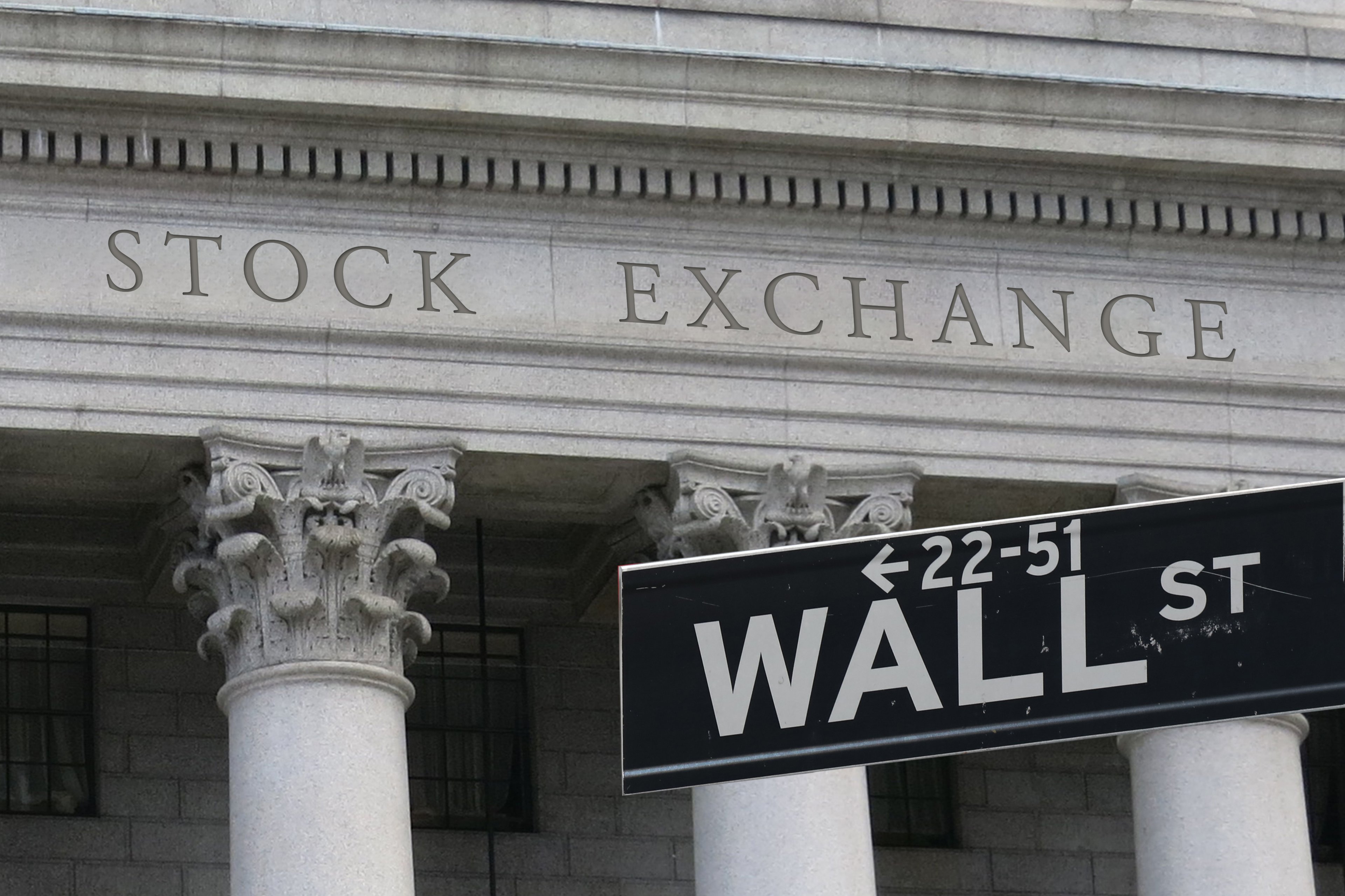
In 2007, we suffered from a mortgage crisis. Today, we may be suffering from a student debt crisis.
New figures from the Federal Reserve Bank of New York show that while student loan debt is growing, students' ability to repay their debt isn't.
Younger students and recent grads under 30 years old are among the hardest hit. The percentage of loans 90 days delinquent or more rocketed to 8.9%, up from 6.5% just one year earlier.

Source: New York Federal Reserve.
Why delinquencies matter
Numbers need context. With 8.9% of student loan balances 90 days delinquent or more, student loans stand as the worst performing loans. When JPMorgan Chase (JPM 0.97%) reported its earnings last week, the company reported that only 0.8% of its credit card balances were 90 days delinquent.
Said another way, supposed "high-risk" credit cards are performing better than student loans, debt which is supposed to leave students with an education and better career prospects -- and higher earnings.
But students are falling through the cracks, graduating with an average of $29,400 in debt, unable to repay their loans.

Source: DonkeyHotey,
The only good news
If there's any good news to be found in a student loan crisis, it's that it won't have the same immediate, devastating effects as the housing crisis. Unlike housing, a student can't exactly drop in value. When the mortgage crisis hit, nearly all home values plummeted.
No bank can foreclose on a degree, so it's unlikely successful graduates with full-time jobs and on-the-job skills will suffer at all. For the 8.9% minority, however, this is, in fact, a real crisis. Failure to pay student loans could keep them from buying a home, getting a necessary post-graduate degree, or having anything left when lenders garnish their wages to cover their outstanding debt.
Without meaningful improvement in employment, student loan delinquencies will likely only rise from here. Rising delinquencies are a troubling glance into what's to come.






